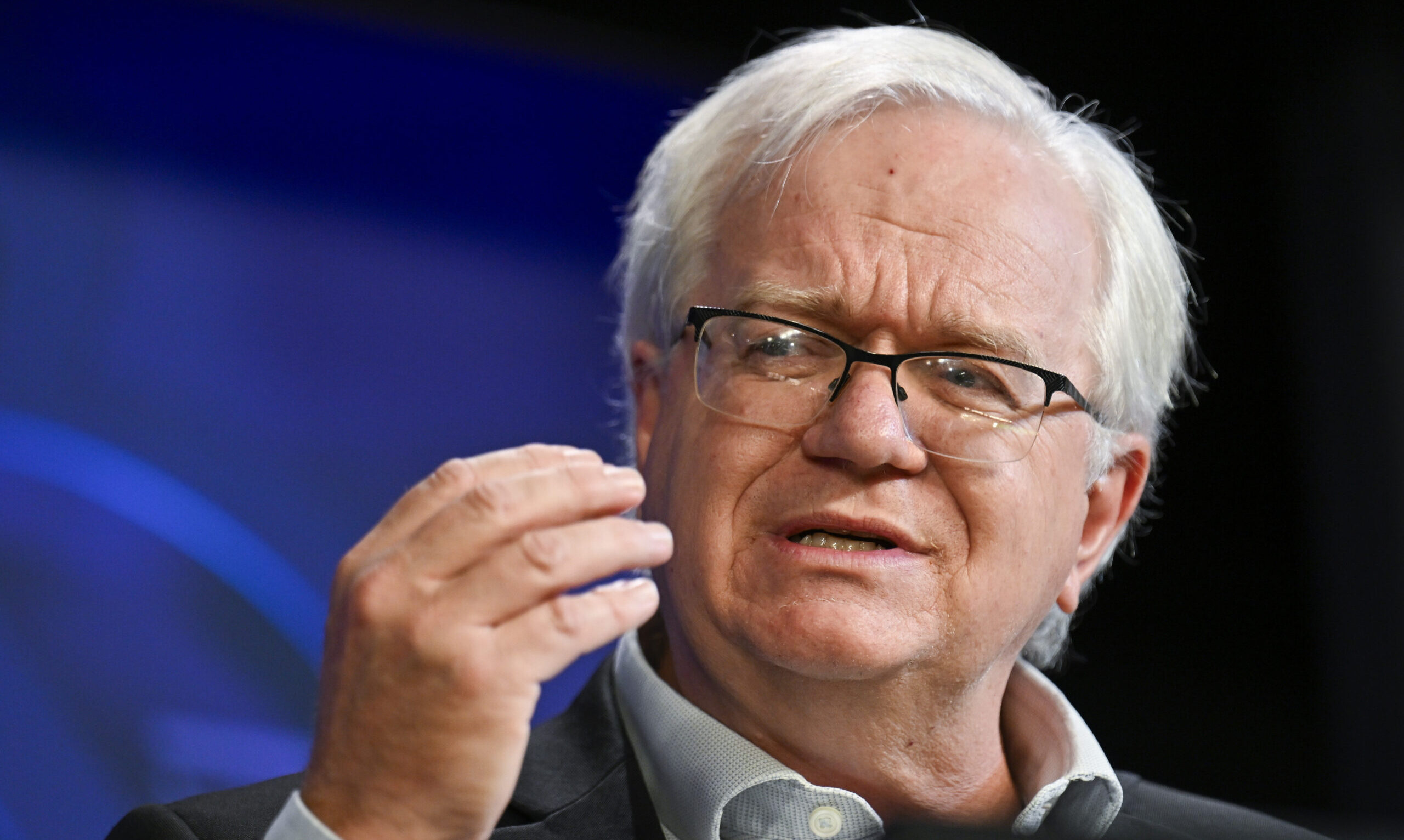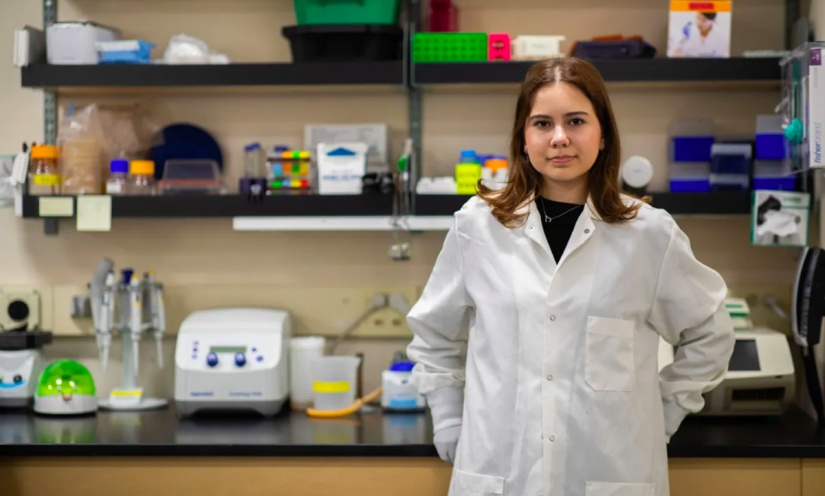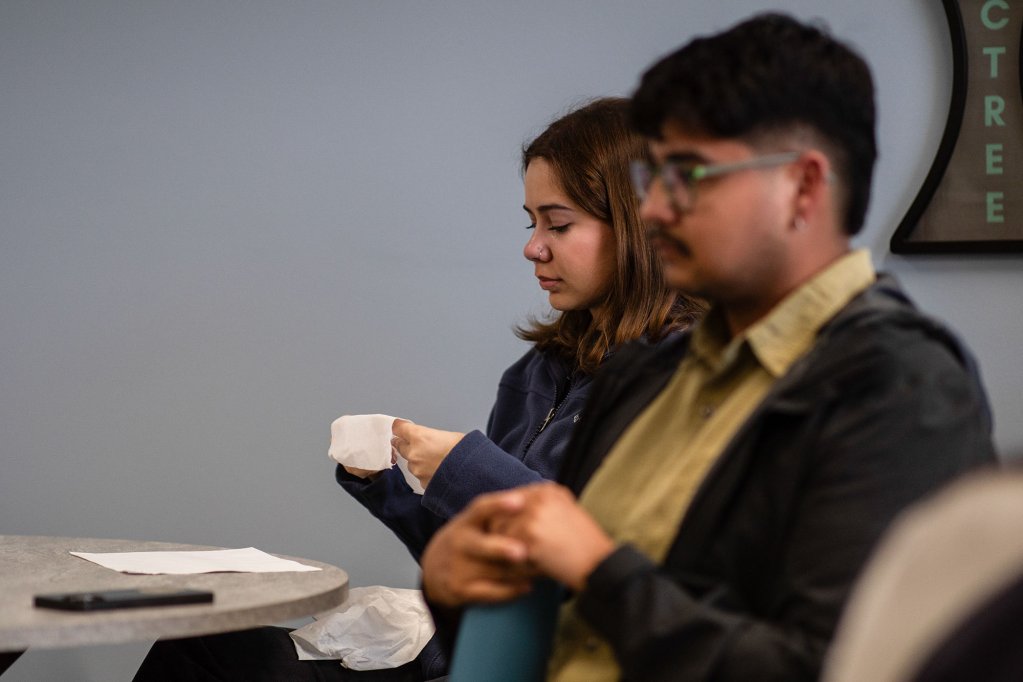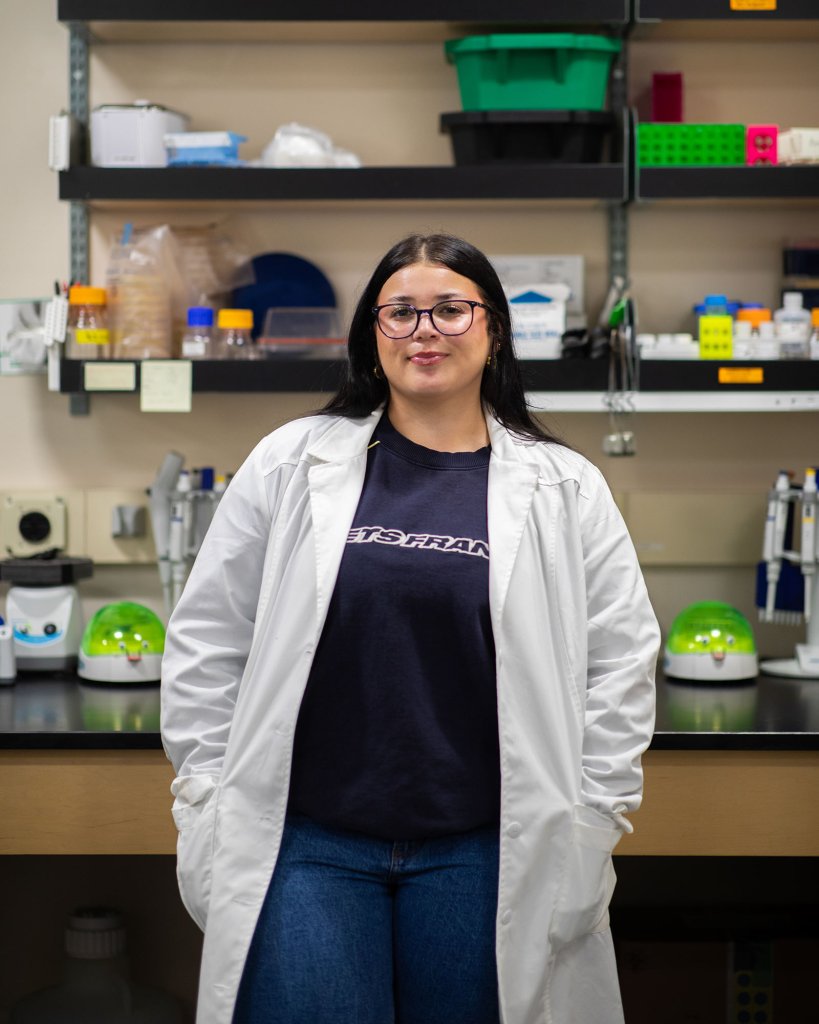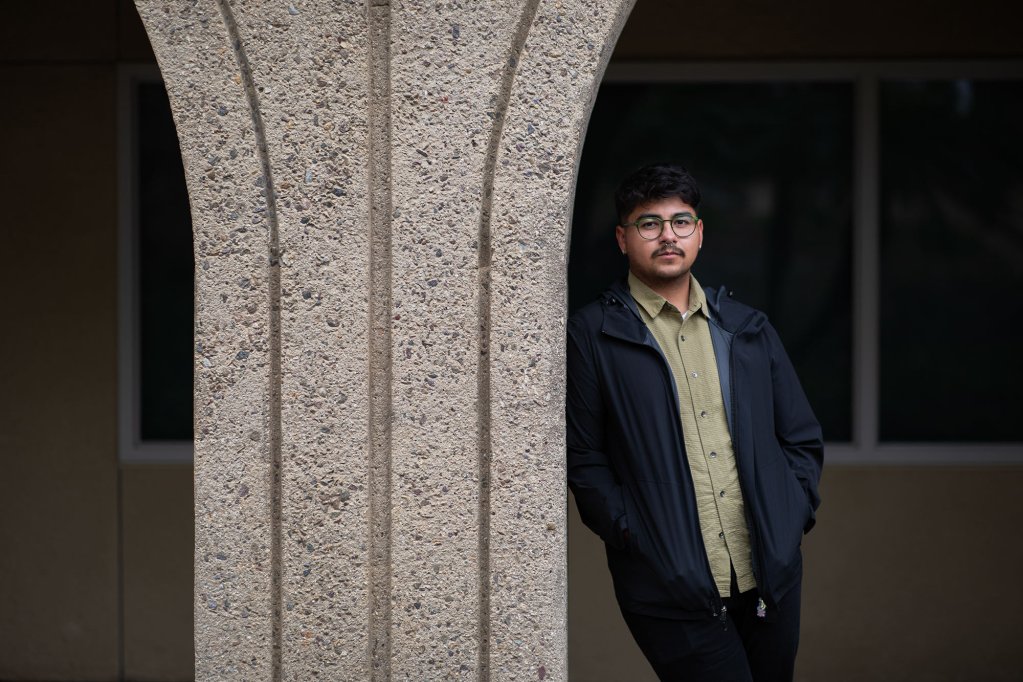What’s been going on around the world since the end of March, you ask?
Well, unsurprisingly, the biggest stories have come from the United States. There are in effect four fronts to the Trump administration’s attacks on the world of higher education. First of all, the government’s new budget is going to reduce student eligibility for student loans and grants, meaning there will be less opportunity available to American students. Second, the budget also proposes to radically slash the budgets of the National Science Foundation (NSF) and the National Institutes of Health (NIH) (the cuts you heard about in the early months of the Trump administration were cuts to existing and in-progress grants – the new budget is about slashing expenditures going forward). Third, it had decided to get itself into an enormous spat with Harvard, starting with issuing a bizarre set of demands on April 11th, followed by an admission that the letter had been sent in error, followed by enraged bellicosity that Harvard wasn’t submitting to a letter the administration had not meant to send. Things escalated: the Trump administration impounded more billions of dollars, Harvard responded by shrugging and raising a few hundred million on the bond market, and Trump escalated by, eventually, banning Harvard from accepting or hosting any international students. And fourth, shortly after a court granted Harvard an injunction on the international students matter, the Trump administration began delaying all student visas and aggressively cancelling Chinese student visas.
(Whew.)
This is of course a massive own goal with dangerous implications, as commentators such as Holden Thorp and William Kirby have pointed out. But it is not simply about Americans losing scientific/technological supremacy. As the Economist has pointed out, the entire world has a stake in what happens to American science; its hobbling will have consequences not just for global science but for the global economy as well.
It has been fascinating over the past few weeks watching how the American debacle had grabbed the attention of the rest of the world as well. It has been very difficult this past month or so to be somewhere where the papers weren’t obsessing about what was happening to students at Harvard (check out a representative smattering from Ethiopia, Iceland, Vietnam, Malaysia, India and Kazakhstan). At the policy level, almost every OECD government is revving up plans to poach US-based researchers even in places which genuinely don’t have the scientific infrastructure to poach anyone (Ireland? Czechia? C’mon). In other words, you have basically the entire world looking at how the American debacle in a massively self-centred way. Basically, it’s all: “Yeah, yeah, death of the American research university, how does this affect me/how can I profit?”
But the world has yet to grapple in any kind of serious way is how to maintain growth and innovation in a world where the largest spender on research is reducing expenditures by 50%. This has implications for absolutely everybody and at the moment there are no serious discussions about how the world gets by without it. Obviously, other countries can’t replace what used to come out of NSF and NIH. But they can, as Billy Beane from Moneyball might say, recreate it “in the aggregate” by working together. Unfortunately, that’s not quite what they are doing. That would require Australia, Canada, Japan and Korea to be working actively with the European Union; not only is that not happening, but these days the EU can’t even get it’s own act together on research.
Meanwhile, in large parts of the world, the main higher education story we hear about is one of “cutbacks”, “austerity” and the like. But there are, I think, some fundamentally different issues at work in different countries. In the rich Anglosphere, which happens to be where most of the big producers of higher education are located, mature higher education systems highly reliant on market fees are being forced into big cuts as governments remove their ability to attract funds, usually by changing their student visa regimes. (An aside here: many people ask: where will international students go if not Canada/US/Australia/wherever? To which the answer is usually: to a great extent, they will just stay home. But a few countries do seem to be doing better on international students as of late, mostly in Asia. Turkey, Dubai and Uzbekistan in particular seem to be the big winners, though the growth in their intakes is lower than the drop in the intakes of the big anglophone countries).
But in other countries, the fundamental financial tension is that demand for higher education is far outstripping the ability of either public or private funding to keep the system afloat (government could choose not to meet so much demand, but political needs must). Kenya, with its widespread university financial problems comes into this category, and Nigeria, where funding new universities seems to come at the expense of funding existing ones clearly come under this category. Intermediate cases here include France (increasing demand, flat funding), Brazil (which has done a series of policy U-turns on transfers to federal universities and whose overall policy might best be described as “confused”), and perhaps Colombia (promises of money co-existing with widespread institutional precarity, even in the public sector). What is common here is that a lot of countries seem to have built systems which are too big/expensive for what the public – collectively or individually – is willing to pay.
A common response to the problem of inadequate public funding is the expansion of private higher education. Almost unbelievably, private higher education now makes up about 20% of total provision in Spain, France and Germany (in two of those countries, tuition is free, and in the third it is minimal – under 1000 euros per year in most cases). In many cases, the expansion is in relatively cheap classroom-heavy courses (often in business) but in many cases these universities are moving into other areas such health care provision. This explosion has led to a significant tightening of regulations on private universities in Spain and a “tri” (meaning triage”) on France’s Parcoursup system, meaning that certain types of private college will have a harder time advertising themselves to prospective students. This phenomenon is not constrained to Europe: Tunisia is also currently pre-occupied with how to regulate private institutions. An alternative to letting domestic private universities rip is to invite foreign institutions into the country. India is the country most in the news for attempting this at the moment but places like Saudi Arabia, Uzbekistan and Vietnam are also eagerly heading down this route.
Tuition fees are always an issue, and at public universities we see evidence both for and against the idea that fees are rising. On the one hand, we have Namibia introducing free tuition (though – note – without fully announcing its operational details), and a Labor government in Australian winning on a promise to – in effect – shorten graduate repayment periods by cancelling debt. On the other hand, Korea and Russia – both countries with abysmal youth demographics – are allowing their institutions to raise fees after years of both falling enrolments and largely frozen tuition. Finland may be introducing fees for certain forms of continuing education. But higher tuition isn’t the only way governments deal with crashing demographics; in Pennsylvania, the solution is outright campus closures.
In terms of student activism, the main story so far this year is Serbia, which is now in the seventh month of student-led anti-government protests. At this point, it’s very hard to see how the students obtain their maximalist demands of regiment change. After six months of protests, students are starting to go back to school and finish their academic year. Recent evidence from North America suggests the movement will have trouble maintaining itself over the summer months and into next year.
War continues to re-shape universities around the world. Ukraine has announced changes to its system of conscription which will lower its university attendance rate (particularly for graduate studies). Something similar has happened in Ethiopia, where new rules have been introduced requiring students to do a year of national service before graduation. Russian universities continue to atrophy in different ways, partly due to government policy but also due to the exodus of many scholars who have fled the regime.
Among other things from this quarter that bear watching going forward: Greece is continuing the modification of its university system at a furious pace both in terms of altering curricula and in terms of changing the post-dictatorship convention that campuses are police-free zones. Algeria is moving its entire university system from French to English instruction, which may not have a huge effect in higher education, but certainly tells you which way global linguistic politics are going. Hong Kong is experimenting with a new institutional type, and a billionaire in China is putting some serious coin behind a new university.
My tip for the story this summer? Watch graduate unemployment rates around the world, particularly in India and China (where the situation is so bad the government has just announced a kind of emergency blitz on graduate hiring which sure seems like it is set up for failure). I think the push to align higher education more with the labour market is about to go into overdrive.
All caught up now! See you back here in September.




